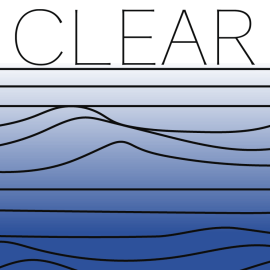Whether marine plastics or local or originate from other oceans and countries, many eventually wash up on shore. Beach surveys give valuable information as to the types, quantities, and even sources of marine plastics floating at sea.
To turn washed up plastics into useful data to see how much plastic is coming ashore, whether or not local efforts to ban plastic bags or reduce fishing gear loss are successful, or to even find a base line (a starting point) to characterize marine plastics in an area, shoreline surveys have to be done systematically rather than haphazardly. We have two citizen science protocols that create useful data for learning about marine plastics.
Macroplastics and Beach Clean ups with the Marine Debris Tracker: This is a survey protocol suitable for all ages and can turn a regular beach clean up into citizen science. This protocol focuses on plastics that are larger than 5mm.
Microplastic Transects: Often we are most concerned with microplastics. This survey protocol is used to sample plastics less than 5mm on sandy beaches. It is suitable for ages 12+.
Microplastics on rocky shores: Microplastics of less than 5mm easily disappear between rocks on rocky shores like the ones usually found in Newfoundland. We are currently developing a sampling protocol that can be used on rocky shores.

1 Comment